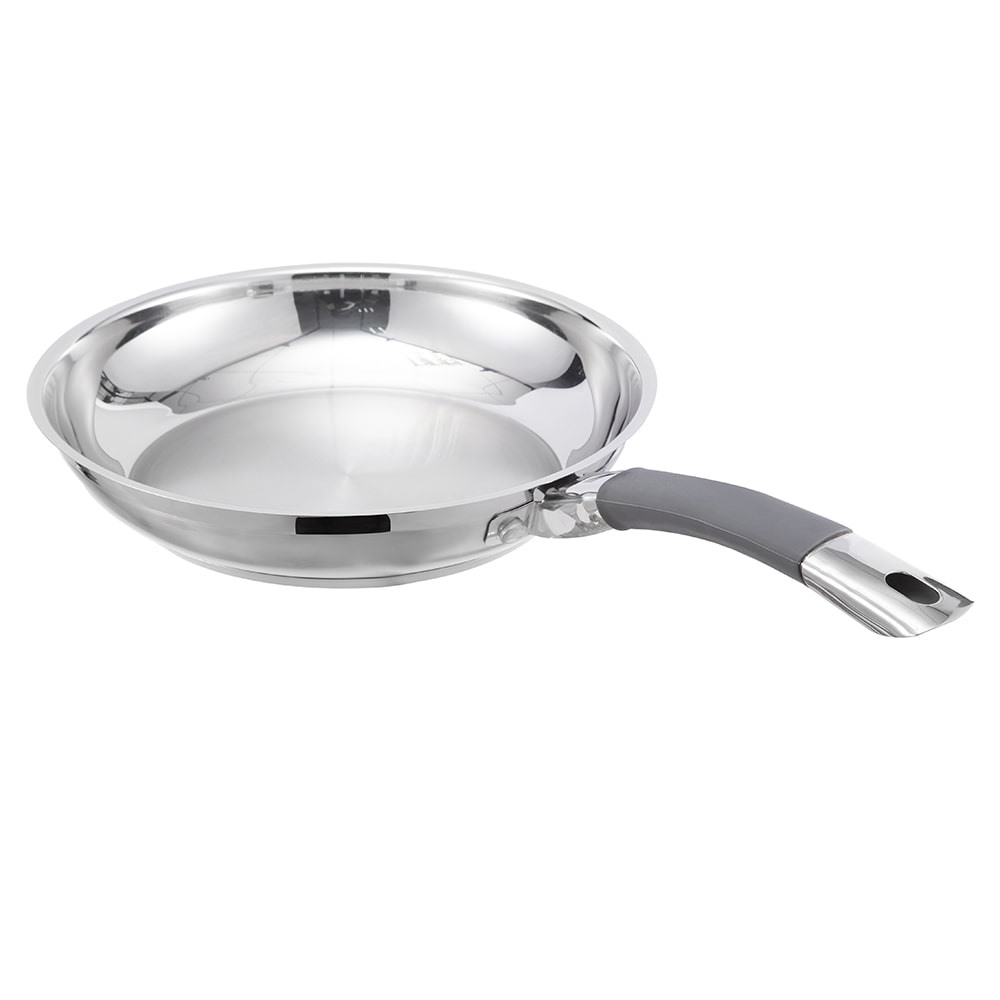The aluminum alloy nonstick stone coating stock pot casserole soup pot has gained popularity due to its durability, even heat distribution, and superior nonstick properties. A key factor in its performance is the stone coating, which provides a smooth cooking surface while resisting scratches and wear. Understanding how this coating is applied helps consumers make informed purchasing decisions and ensures proper care and maintenance.
1. The composition of stone coating
The stone coating used in aluminum alloy nonstick stock pot casserole soup pots is typically a composite material made from mineral particles, such as granite or quartz, suspended in a durable nonstick polymer. This combination creates a textured yet smooth surface that enhances food release and resists abrasion. Unlike traditional nonstick coatings, which rely solely on PTFE (polytetrafluoroethylene), stone coatings incorporate natural minerals for added strength and heat resistance.
Key components of stone coating:
- Mineral particles (granite, quartz, or diamond dust) – Provide hardness and durability.
- Nonstick polymer (often PTFE or ceramic-based) – Ensures food release and easy cleaning.
- Binding agents – Help adhere the coating to the aluminum alloy surface.
The exact formulation varies by manufacturer, but the goal remains the same: to create a long-lasting, scratch-resistant cooking surface.
2. Preparing the aluminum alloy base
Before applying the stone coating, the aluminum alloy nonstick stock pot casserole soup pot undergoes several preparation steps to ensure proper adhesion. Aluminum is chosen for its excellent heat conductivity, but it must be treated to prevent oxidation and improve coating durability.
Steps in base preparation:
- Cleaning and degreasing – The aluminum surface is thoroughly cleaned to remove oils, dirt, and oxidation.
- Etching – A chemical or mechanical process roughens the surface to improve coating adhesion.
- Primer application – A bonding layer is applied to help the stone coating adhere securely.
Without proper preparation, the coating may peel or chip over time, reducing the pot’s lifespan.
3. The stone coating application process
The application of the stone coating to an aluminum alloy nonstick stock pot casserole soup pot involves multiple stages to ensure uniformity and durability.
A. Spray coating
The most common method involves spraying the stone-particle mixture onto the pre-treated aluminum surface. This is done using electrostatic or air-assisted spray systems to ensure an even layer. The pot is then rotated to coat all interior surfaces uniformly.
B. Curing and baking
After spraying, the pot is transferred to a high-temperature oven where the coating is cured. The heat causes the polymer to bond with the mineral particles and the aluminum substrate, creating a hardened, nonstick surface.
Typical curing conditions:
- Temperature: 300–450°C (572–842°F)
- Duration: 10–30 minutes (depending on thickness)
Proper curing is critical—insufficient heat or time can lead to weak adhesion, while excessive heat may degrade the nonstick properties.
4. Quality control and testing
Once the stone coating is applied, the aluminum alloy nonstick stock pot casserole soup pot undergoes rigorous testing to ensure performance and safety.
Common quality checks:
- Adhesion test – Verifies that the coating does not peel under stress.
- Nonstick performance test – Ensures food releases easily without sticking.
- Abrasion resistance test – Simulates long-term use with metal utensils or cleaning tools.
- Heat resistance test – Confirms the coating remains stable at high temperatures.
Only pots that pass these tests proceed to packaging and distribution.
5. Advantages of stone-coated aluminum alloy cookware
The aluminum alloy nonstick stone coating stock pot casserole soup pot offers several benefits over traditional nonstick or stainless steel pots:
- Enhanced durability – The mineral-reinforced coating resists scratches better than standard nonstick surfaces.
- Improved heat distribution – Aluminum ensures even cooking without hot spots.
- Easier cleaning – The textured yet smooth surface prevents food from sticking.
- Longer lifespan – Properly applied stone coatings last longer than conventional nonstick layers.
6. Care and maintenance tips
To maximize the lifespan of an aluminum alloy nonstick stone coating stock pot casserole soup pot, proper care is essential:
- Use wooden or silicone utensils – Metal tools can scratch the surface over time.
- Avoid extreme temperature changes – Sudden cooling (e.g., cold water on a hot pan) may weaken the coating.
- Hand wash when possible – While some stone-coated pots are dishwasher-safe, hand washing preserves the nonstick properties longer.
- Store properly – Avoid stacking without protective padding to prevent scratches.
The stone coating on an aluminum alloy nonstick stock pot casserole soup pot is the result of advanced manufacturing techniques that combine mineral reinforcements with high-performance polymers. From surface preparation to curing and quality testing, each step ensures durability, safety, and optimal cooking performance. By understanding how this coating is applied, consumers can make better purchasing decisions and extend the life of their cookware through proper maintenance.
 No. 1, Jingwei Road, Yangcheng Lake Town, Xiangcheng District, Suzhou City, China
No. 1, Jingwei Road, Yangcheng Lake Town, Xiangcheng District, Suzhou City, China [email protected]
[email protected] +86-13913553688
+86-13913553688
 search
search
 中文简体
中文简体 English
English русский
русский Français
Français Español
Español 日本語
日本語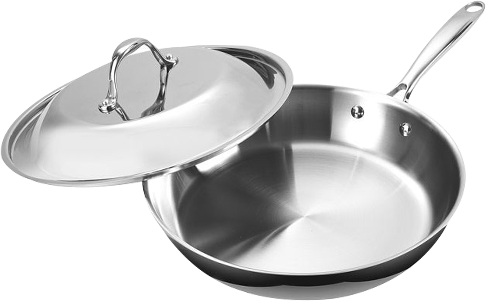
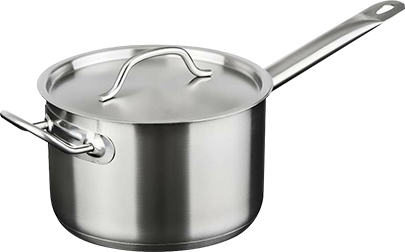
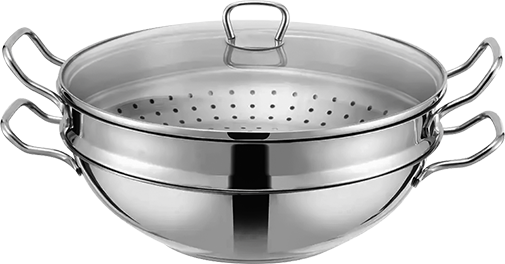




-4.jpg)
-1.jpg)
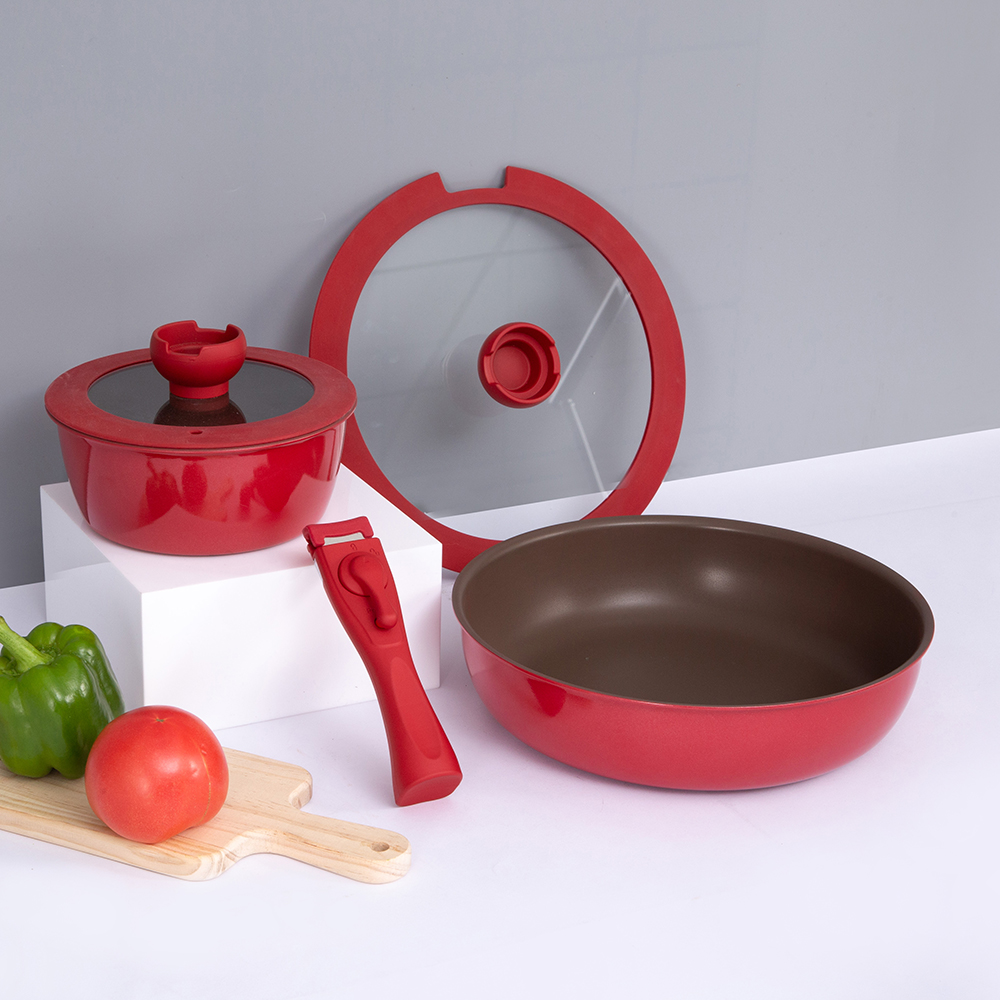
-3.jpg)
-5.jpg)
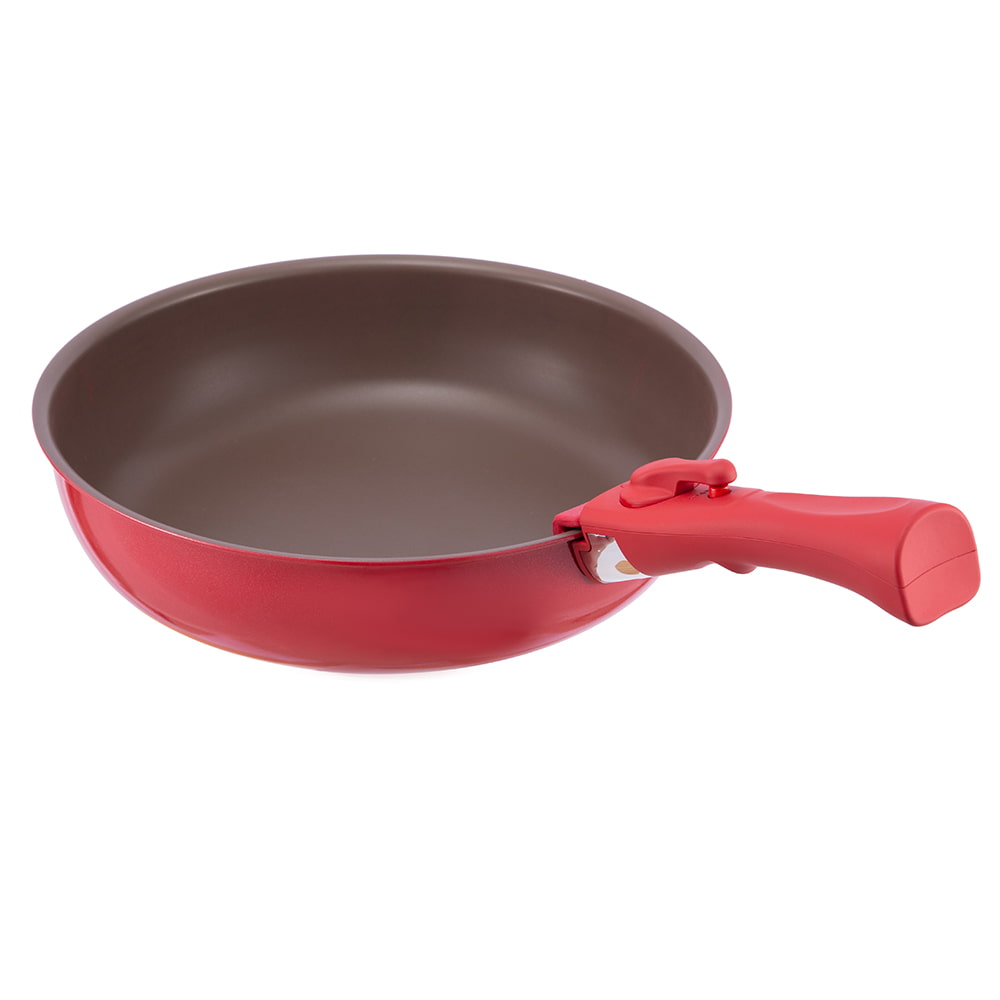
-3.jpg)
-9.jpg)
-3.jpg)
-14.jpg)
